Calves are an area a lot of athletes neglect which can often result in injuries below the knee.
Shin splints are a particularly common injury, especially in athletes who do a lot of running.
Building strength in the calves is one way to protect against shin splints, and the good news is, it’s possible to achieve good results by implementing some regular strengthening exercises.
To measure your improvement, you can do a calf raise capacity test. Simply note down how many calf raises you can manage until failure on each leg. Then repeat the test after a block of training.
In your bid for bullet proof calves, here are three things to focus on.
Build Capacity
If you’ve had injury issues or weak calves in the past, the first place to start is by building the capacity of the muscles.
You want to try to get to a point where you can comfortably do around two to three sets of 15 reps of single-leg calf raises on each leg. It might take time to build up to this, but that should be your focus before adding resistance.
Build Load
Once you’ve developed the capacity of the calf muscles, building strength should become the priority. This is where endurance athletes may start to see performance benefits, in addition to improved injury resistance, from their strength and conditioning work.
Like strengthening any muscle, the classic strategy is to add more load to the calves and reduce the number of reps. You should also concentrate on the lowering phase of the calf raise. Evidence suggests the eccentric phase of the movement (which is when you lower your leg) is just as important for increasing strength as the concentric phase (when you push up onto your toes).
Work The Soleus Too
As well as the main calf muscle (called the gastrocnemius), the soleus muscle which sits beneath it also needs strengthening.
The soleus tends to be weaker, and can be targetted to a greater extent by doing bent leg variations of a calf raise. To start, you can do sitting calf raises and place a weight on your knees to add resistance.
If you do a lot of running, working on the soleus is even more important as you tend to have a bent knee when your foot makes contact with the ground, so you’re more likely to see greater performance gains if you spend time targeting it.


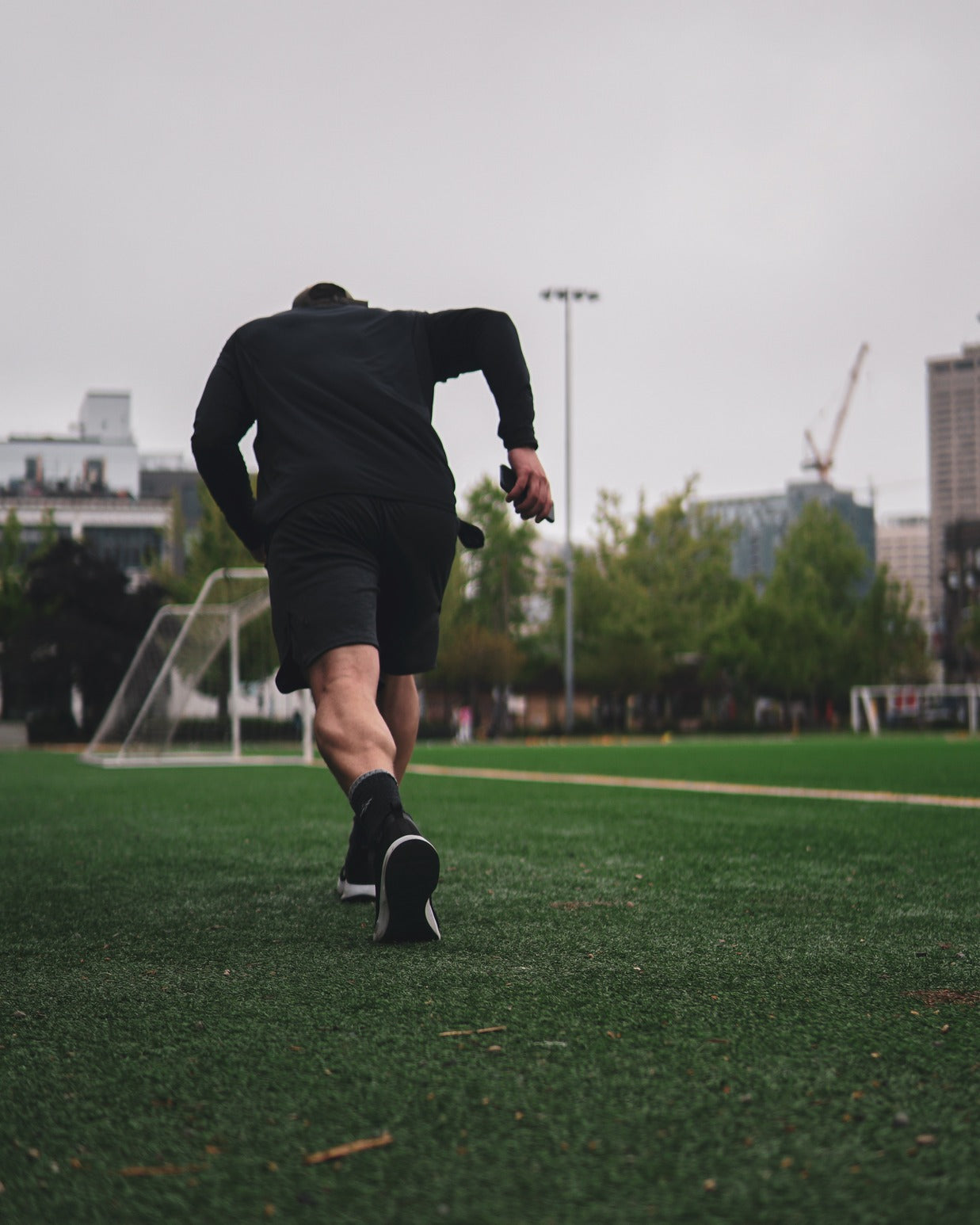


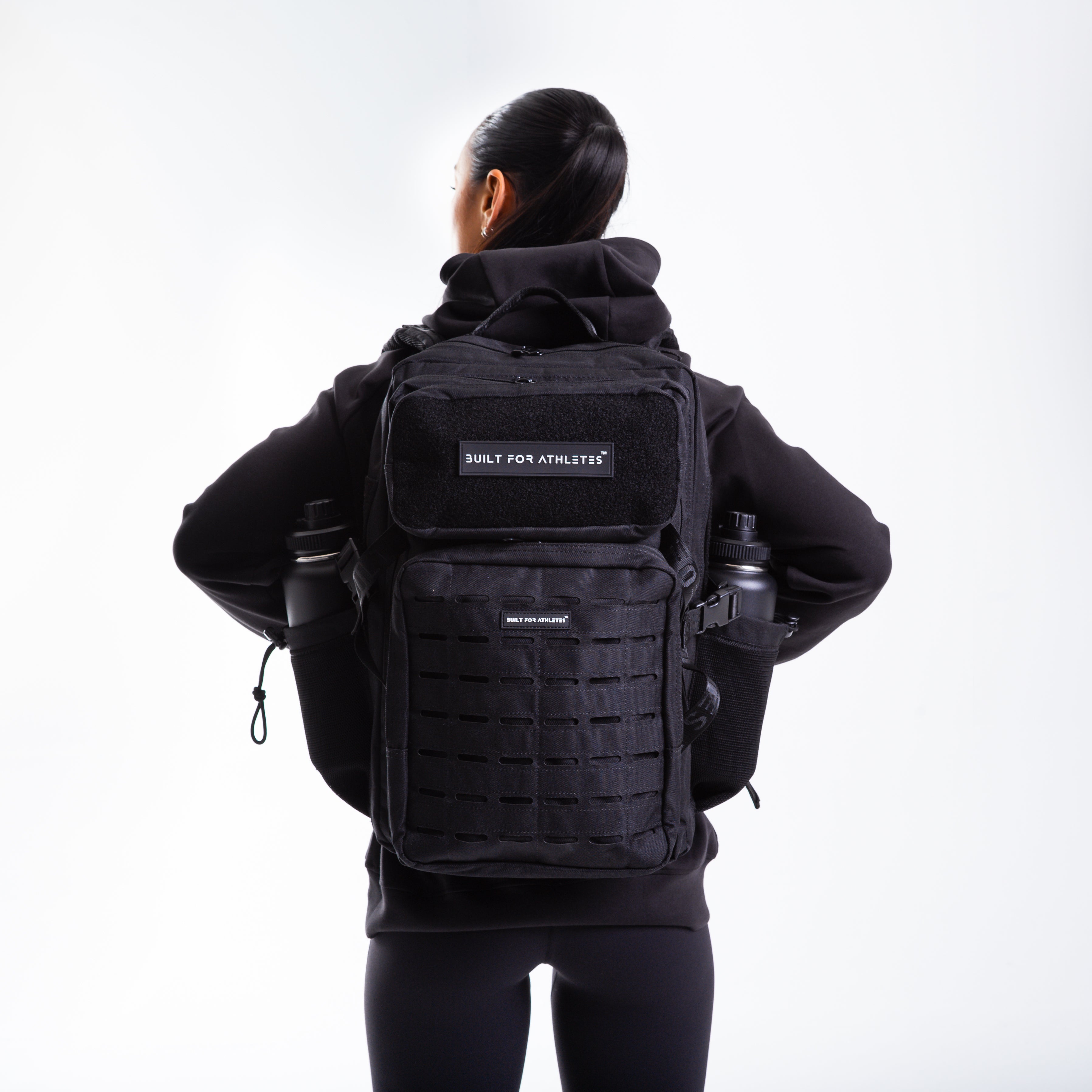


























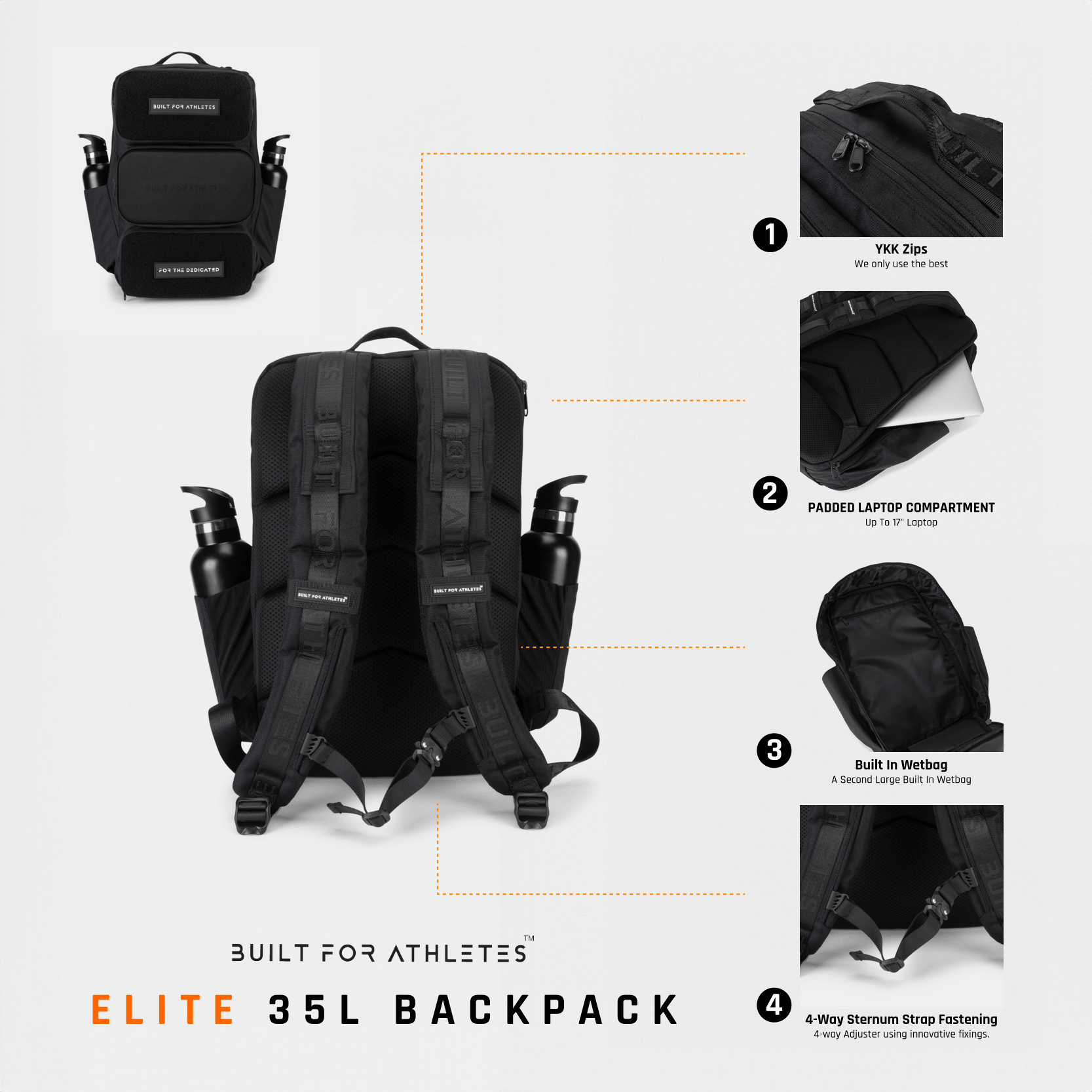






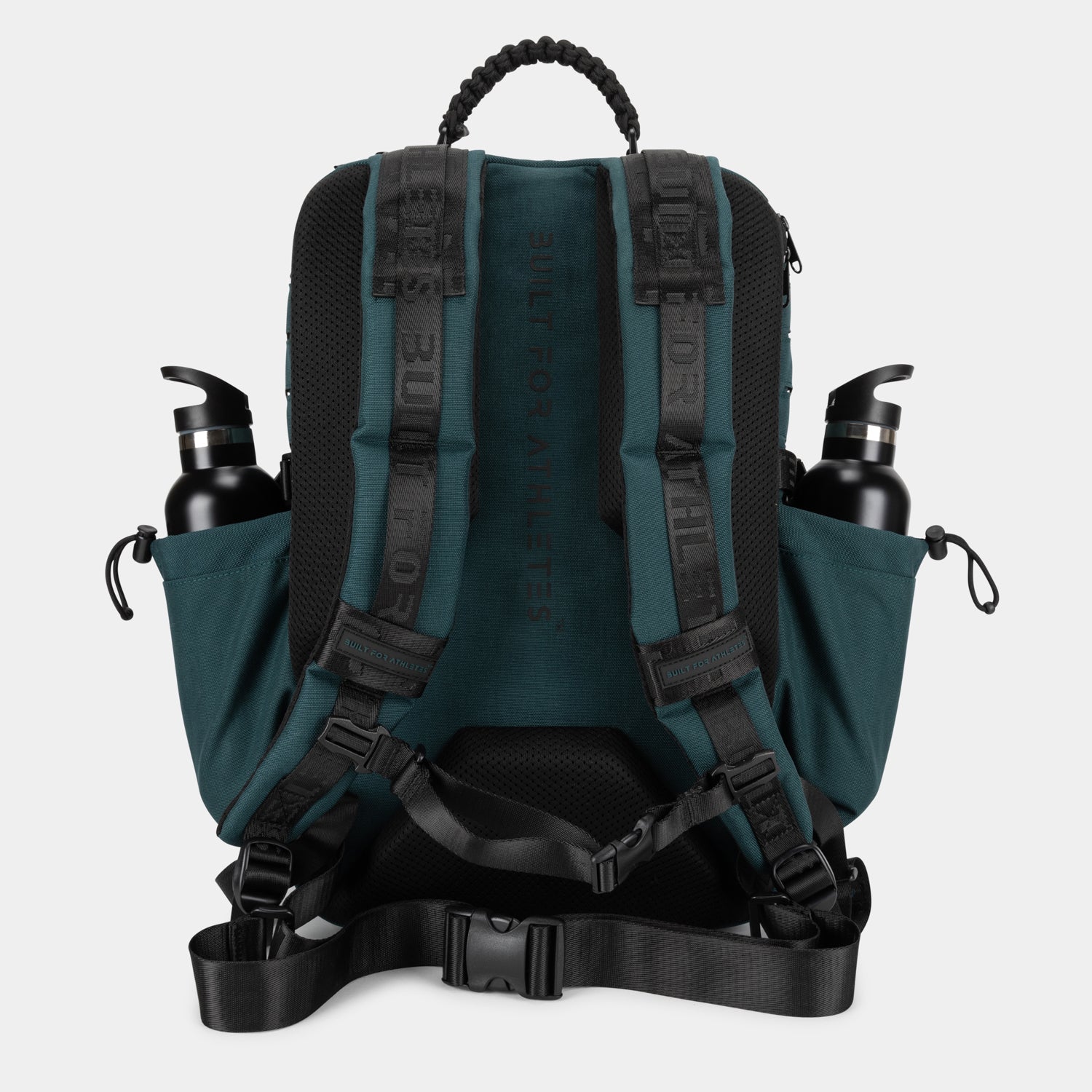



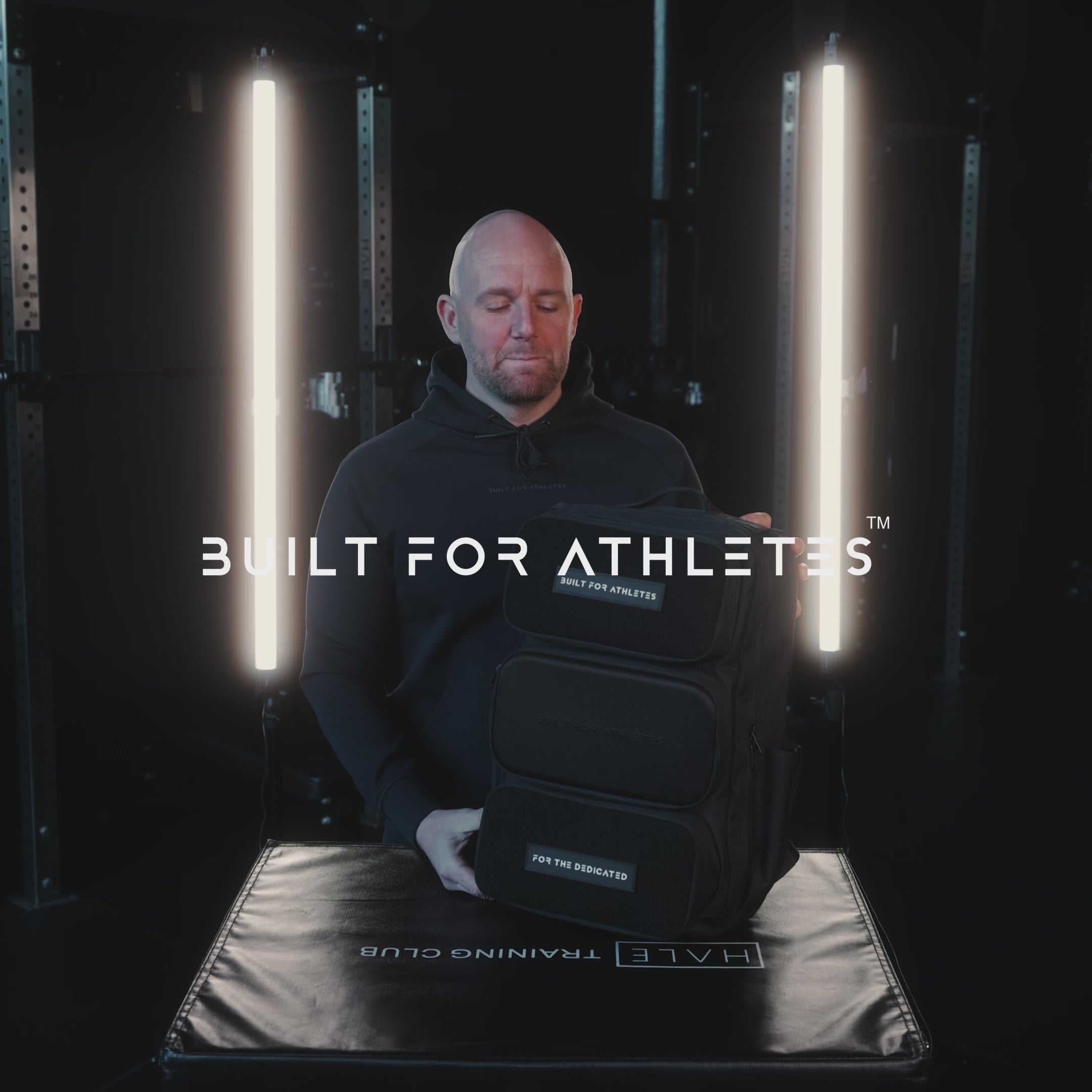

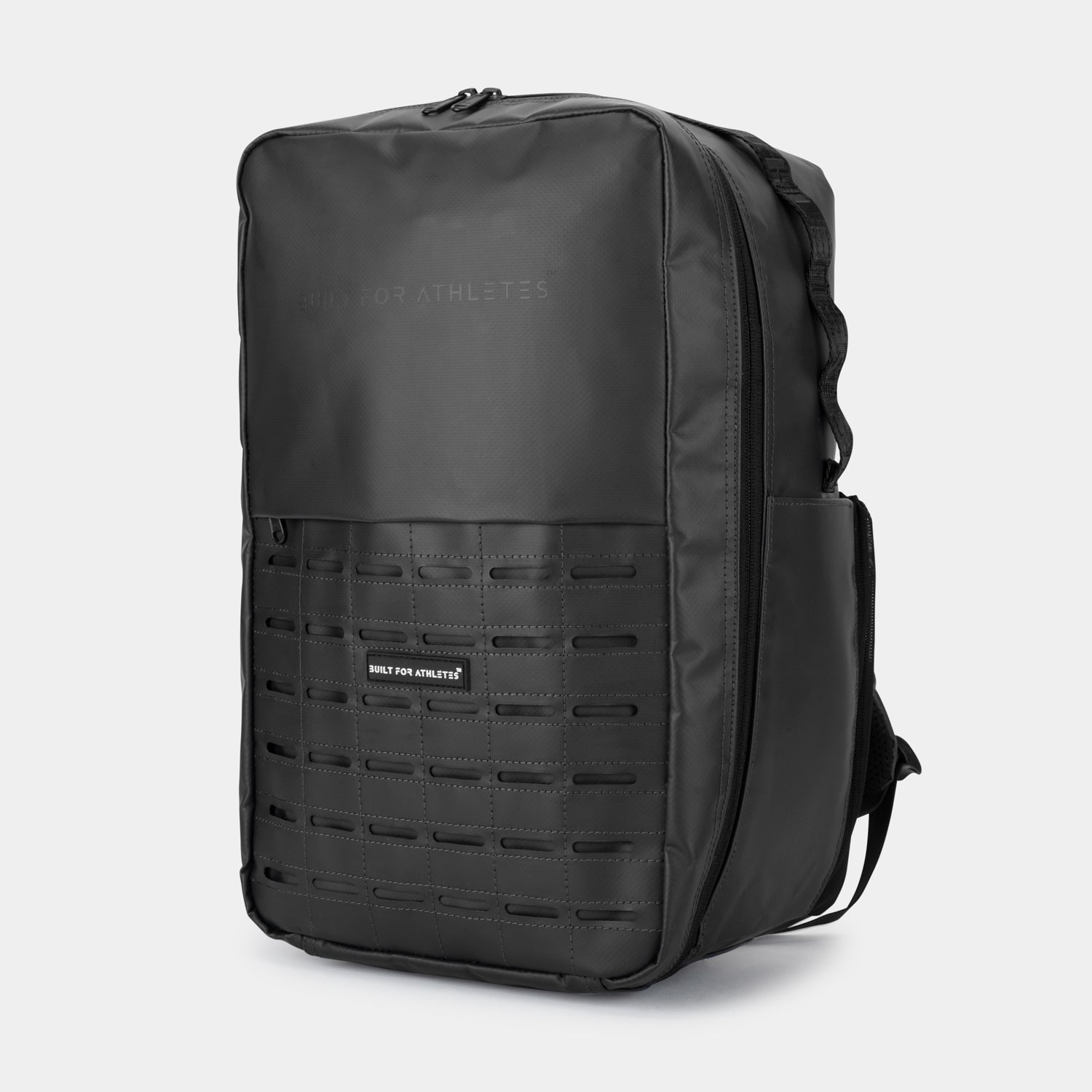











Share:
4 Landmine Exercises To Build Strength
5-Minute Finishers To Build Powerful Arms